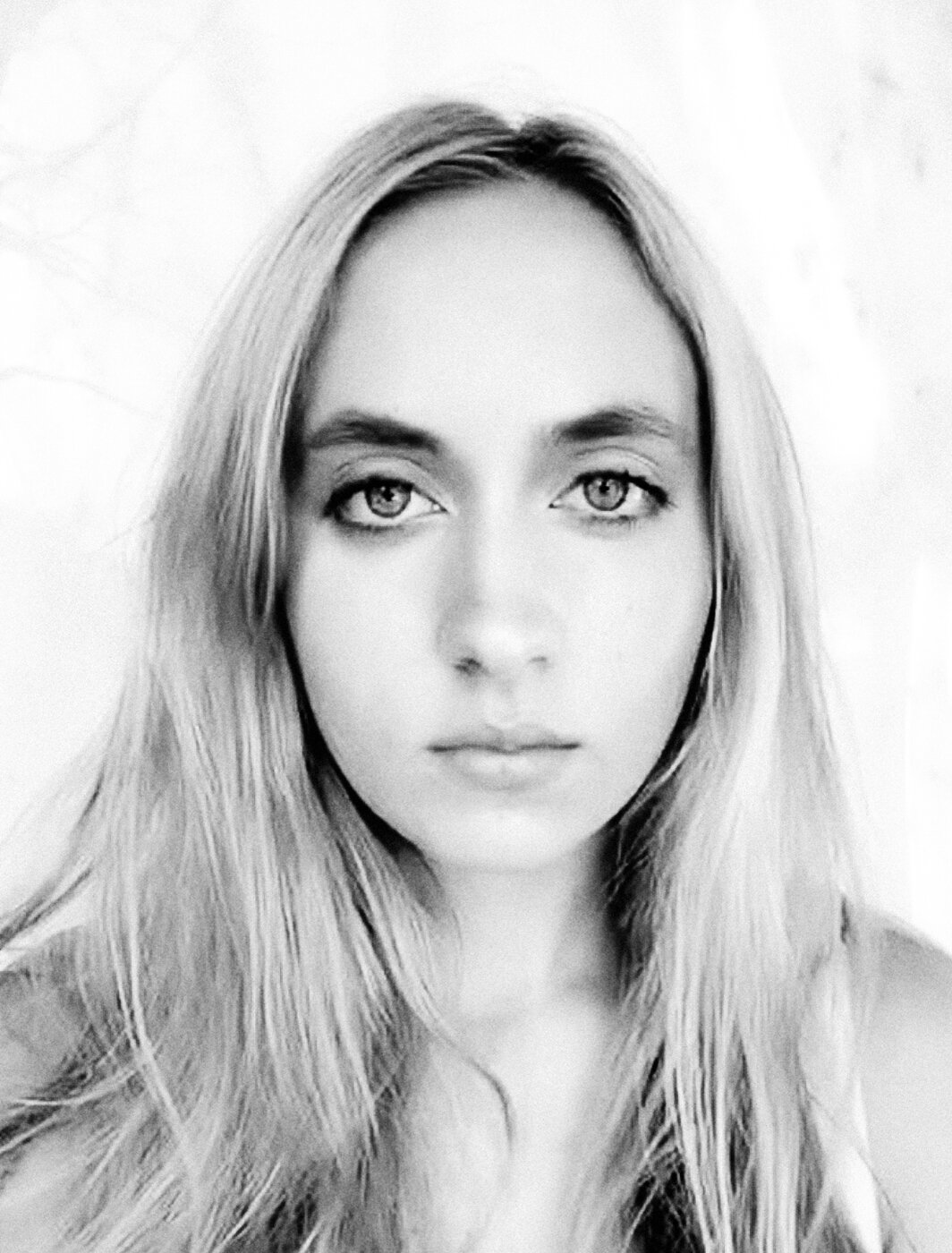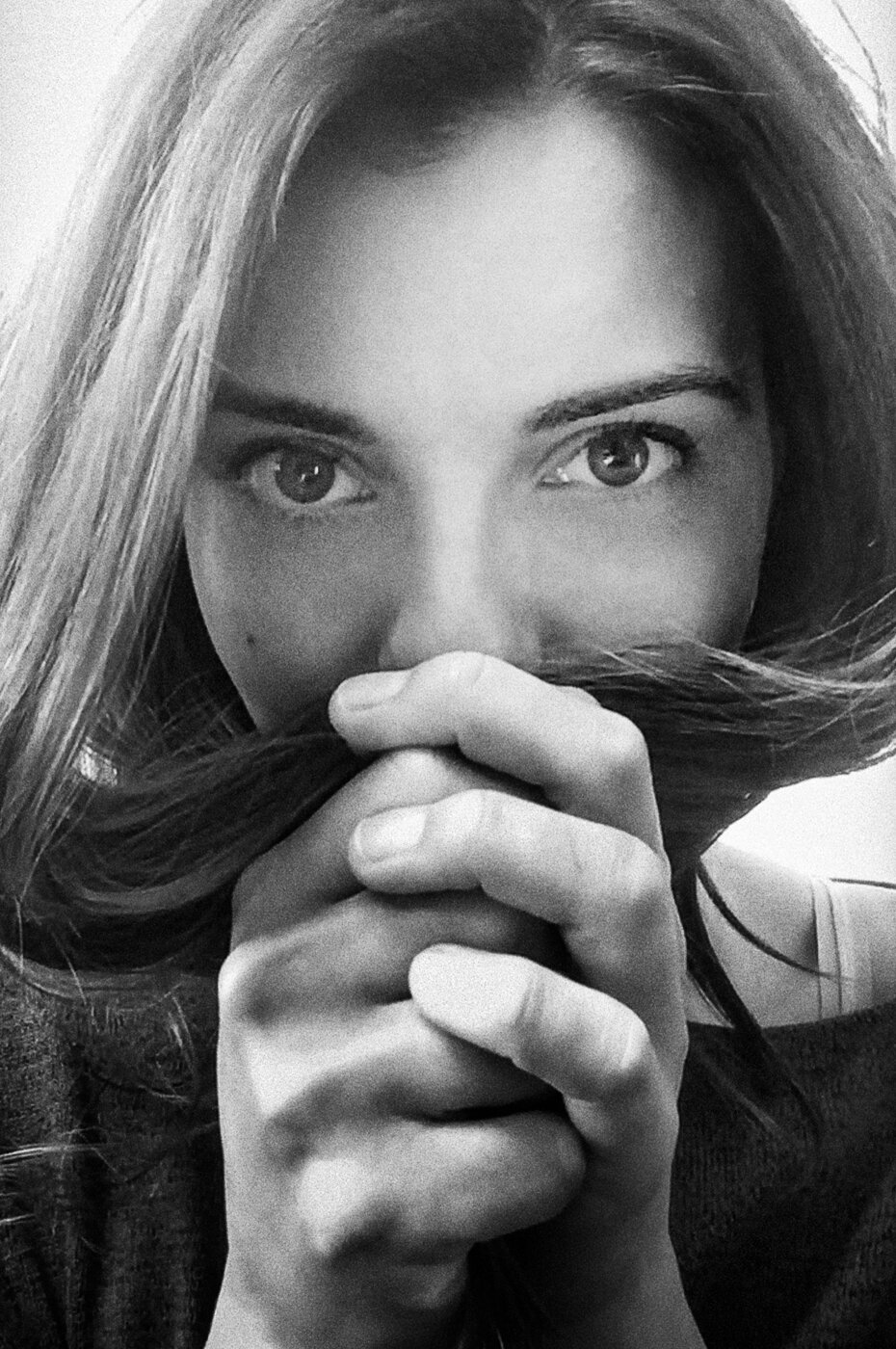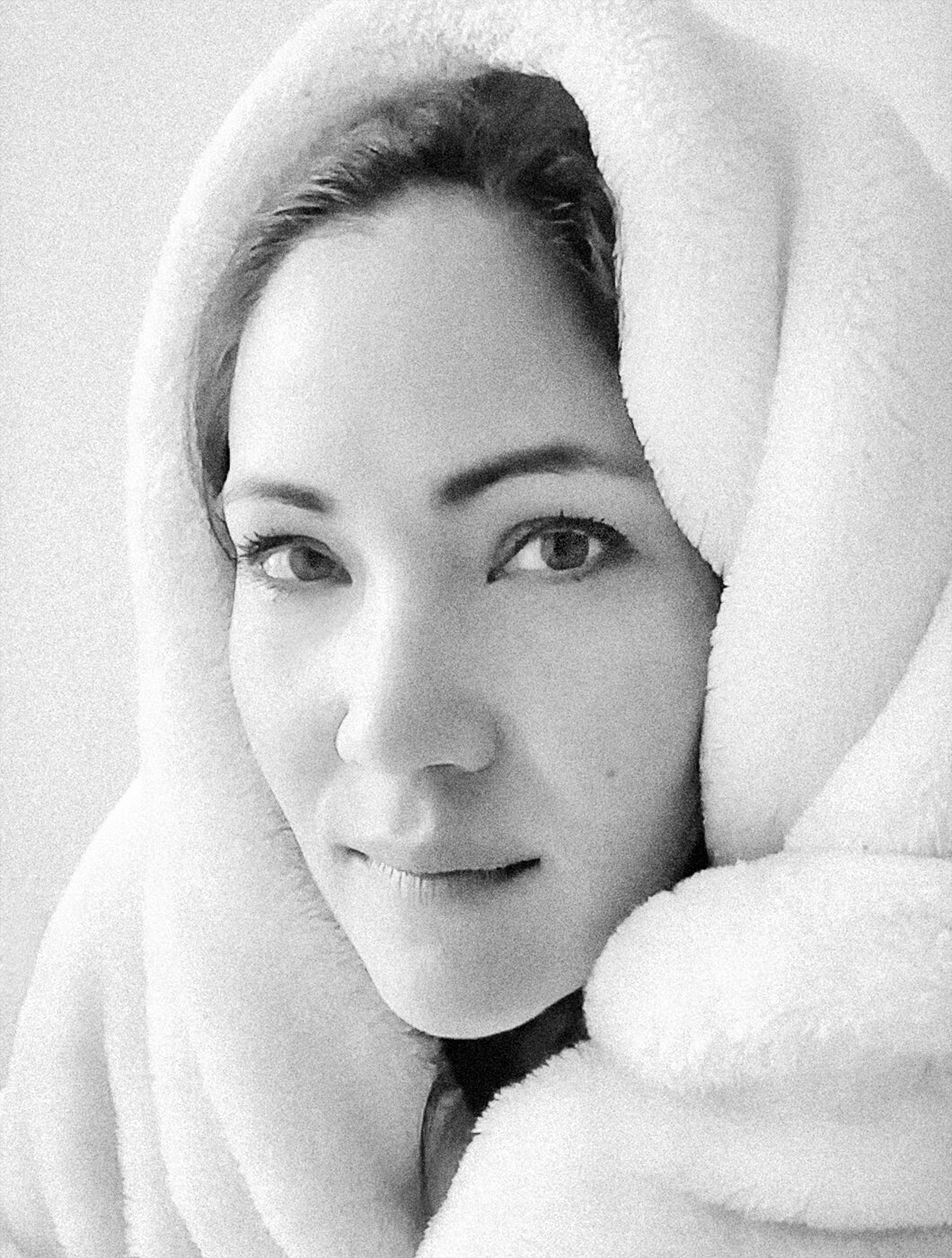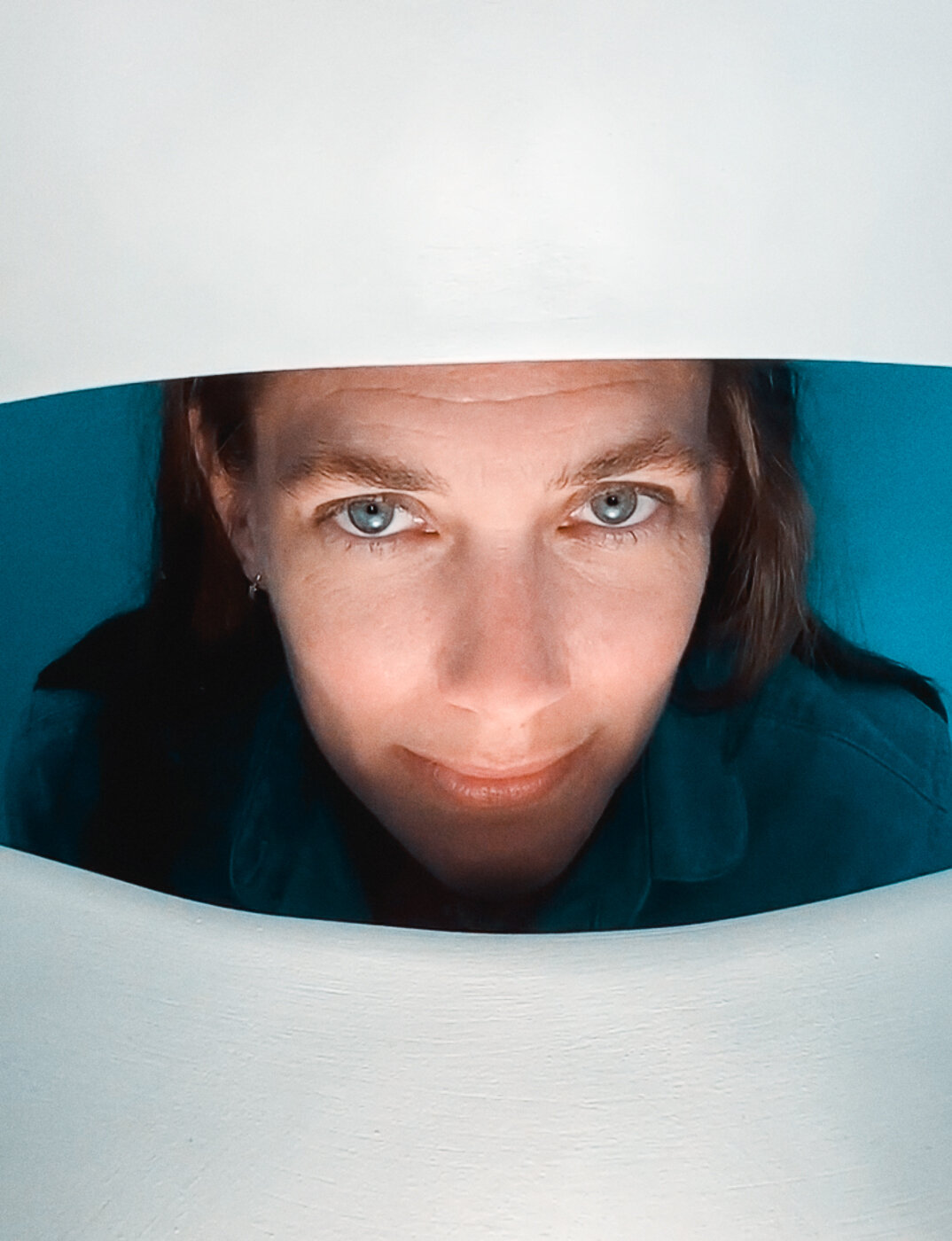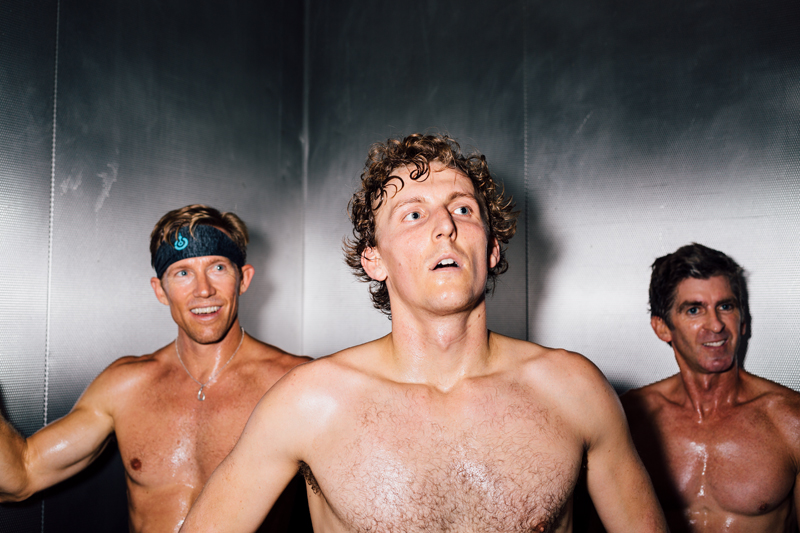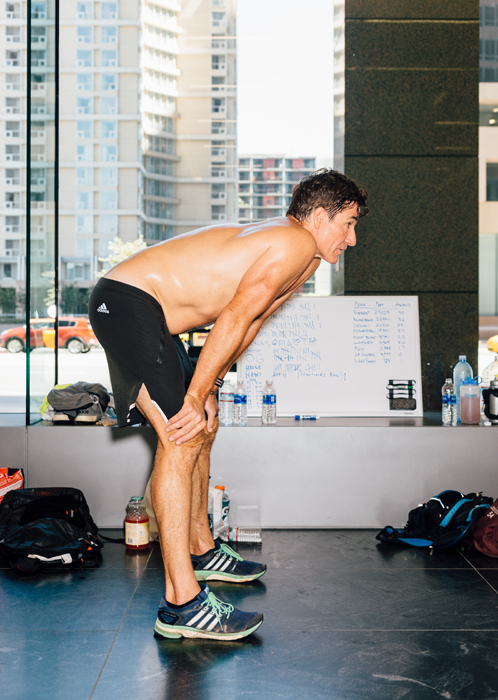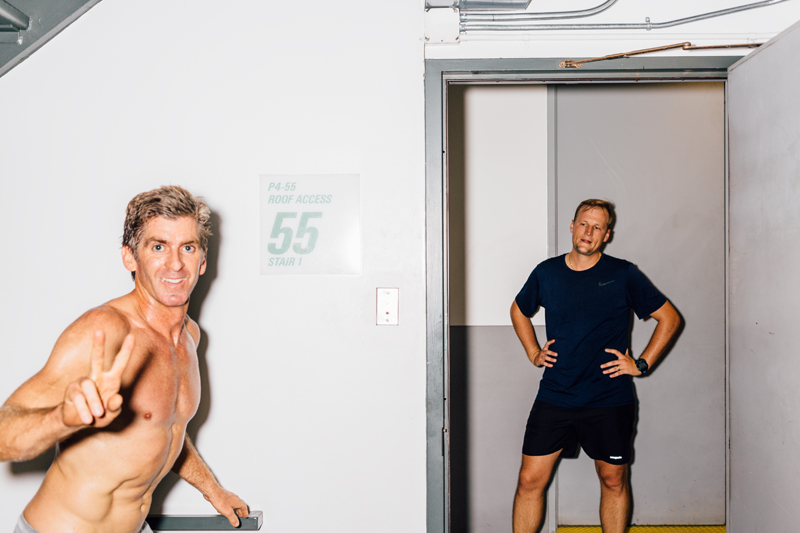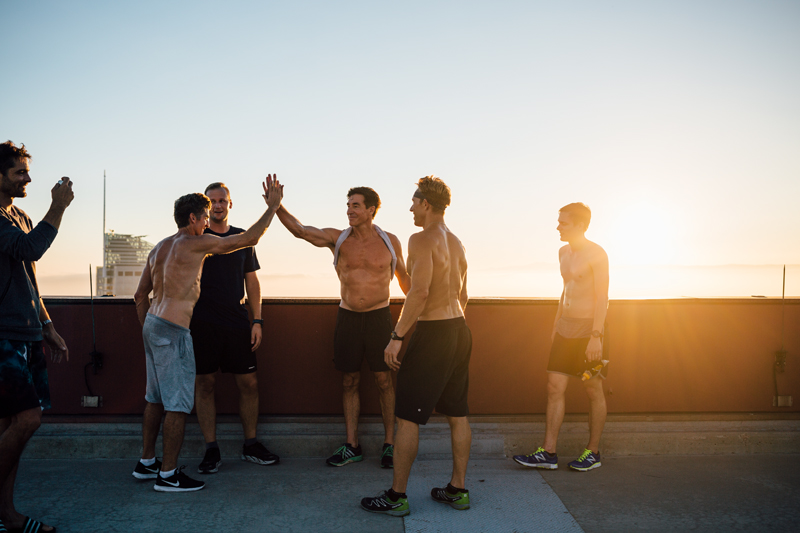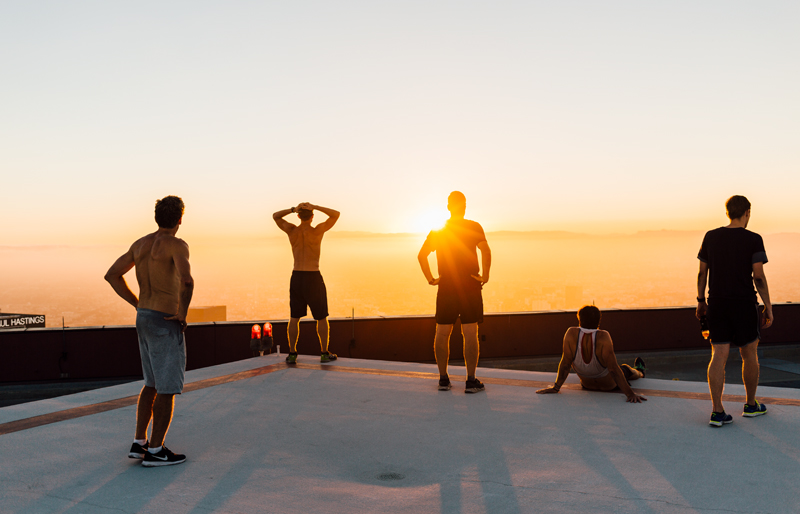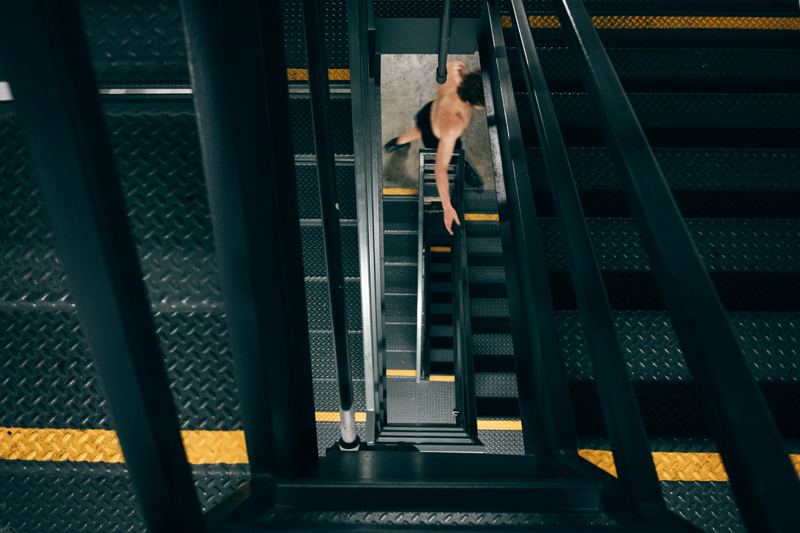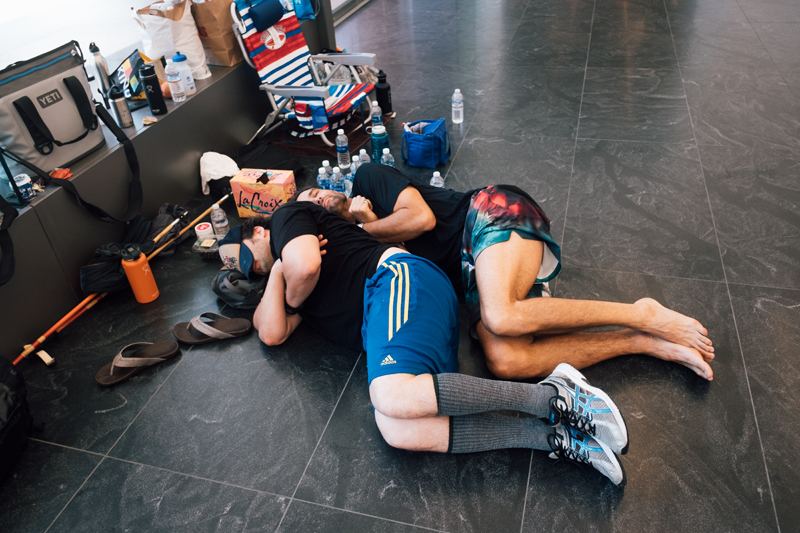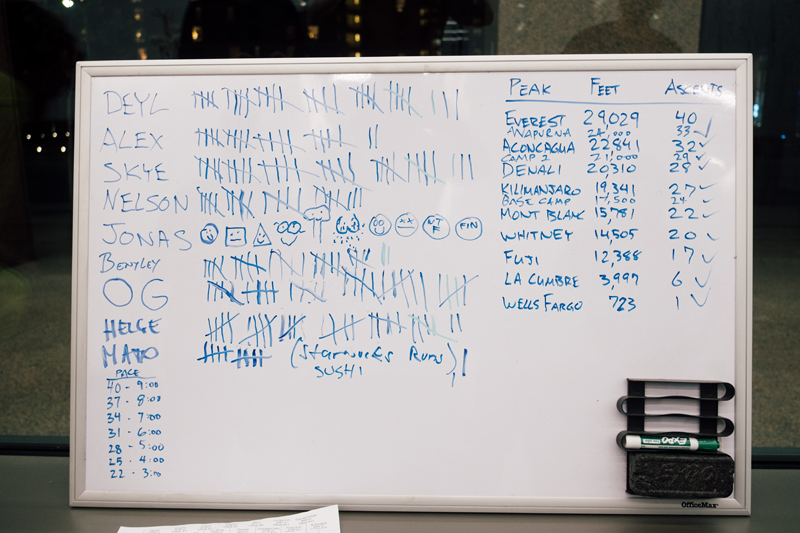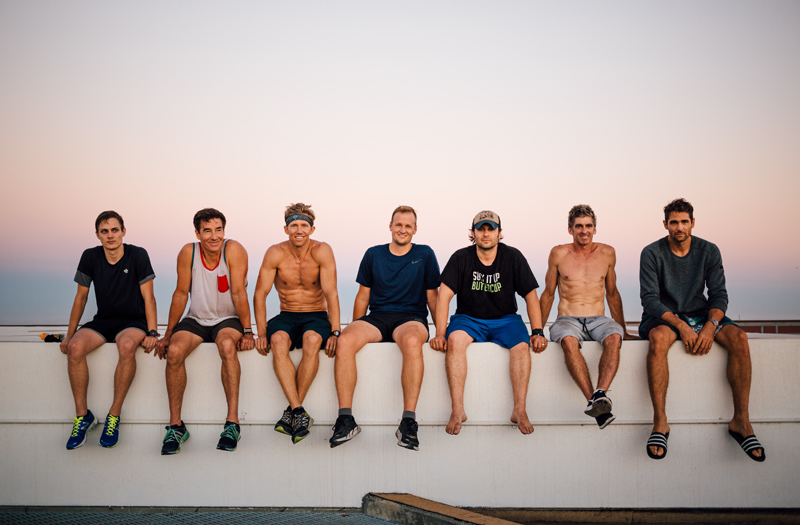An interview I gave for Berlin- Los Angeles.
I recently gave an interview with Berlin Los Angeles. Berlin and Los Angeles are sister cities and since I grew up in Berlin and now reside outside of Los Angeles, this was a perfect fit. You can check out the interview on their site HERE or read on below.
Interview:
Can you tell us what you and your work stand for?
I have this statement: “My formative years were spent trying to decipher if things should be analog or digital, divided or unified, English or German. It created a duality, a longing to find the right balance within the chaos.” It is obviously rooted in growing up in Berlin in the 80’s and 90’s but trying to maintain a balance that allows one to stay sane is super important to everything. So on personal photo projects and with artworks finding balance within the chaos is always a driver.
What was your career path and how were you introduced to the world of photography?
My dad introduced me to photography when I was a kid but both my parents exposed me to a lot of the arts from an early age on so I grew into it. As a teenager I was heavily into individual sports like board sports and BMX/mountainbiking which are also creative but physical activities. So those two elements blended together with photography, me documenting the lifestyle. I never really had to come up with what I wanted to do as a career, it just naturally evolved. I mean, there was the decision to come to California and study photography but at that point I was already set on this being what I want to do in life.
While in school I started assisting on large commercial productions and editorial shoots in Los Angeles and after school I started building my own busi- ness while still assisting in LA. I then became the first (main) assistant to an Architectural photographer and we traveled the world photographing high end hotels and resorts for a couple years. Just before my second son was born I had this moment while staying in a suite at a Ritz-Carlton where I realized that I was getting very used to a lifestyle that I was never going to be able to afford myself unless I stopped being an assistant. So I quit and jumped off the cliff into doing my own thing.
What influenced your decision to make the move from Berlin to sunny California?
Baywatch! Hehehe... No, but I grew up watching all those California TV shows (Knight Rider, Fall Guy, 90210, Baywatch) and then I got super into moun- tainbiking, skateboarding, snowboarding and surfing*. I also started reading books in English exclusively for a couple years when I was around 12. Then the owner of the English bookstore around the corner from me in Berlin recommended On the Road by Jack Kerouac to me when I was 17 or so and that was it (In 2019 I went to the bookstore and the man was still there. I told him that he was heavily responsible for the course of my life and we had a wonderful chat for about 30 minutes. A few months later he passed away.).
My parents had taken us on 3-week road trips to California multiple times throughout the 90’s and by the time I got my Abitur it was clear I wanted to be in California. In hindsight it would have been really odd if I hadn’t ended up here...
*in the form of posters on the wall and fantasizing about it
You specialize in commercial portraiture, lifestyle and travel photography. How is the influence of Berlin and Santa Barbara reflected in your projects?
That’s maybe easier for an outside observer to comment on. It’s tough for me to judge how much Berlin influences me consciously since I have lived in
California for 19 years now. Assistants and friends definitely comment on me being straight forward and being a little bit of a snobby German at times, hehehe. All my professional life has been formed in the US, including schooling so I think my work reflects the Californian in me more. But growing up as a teenager in 1990’s Berlin definitely instilled a healthy amount of punkiness and lack of respect for rules. Santa Barbara is such a bubble of safe, beautiful and calm while Berlin is arguable one of the most progressive, vibrant and culturally rich cities on the planet. Being able to pull from both of those places feels very good. I think a lot depends on where the work takes place, really. Especially personal, creative projects happen very differently in these two locations.
On your website, you exhibit a wide and amazing variety of projects.Which projects did you enjoy most so far, and why?
I loved doing this project with a friend of mine in China, The Bamboo Diaries. He had started a company (Soul Poles) making ski poles out of bamboo and needed to find a bamboo supplier in China so I came along to document the search and we had a great time. At one point we were zooming along some Hinterland roads on this motorcycle with me driving even though I had never driven a motorcycle on a road before. Then it started raining and I couldn’t see anything... It was amazing. The whole diary and photographs were published in Water Journal a few years back. It was a complete groove piece and probably influenced by my Beat Generation interest.
Going on a tuna trawler off the coast of Oregon for an editorial was an amazing experience and so was hanging out with Gabby Reece and Laird Hamilton for a day. Going to Barbuda after it was destroyed by a hurricane was sobering in a very good way.
One thing that stood out over the past couple years was meeting Pino Lella in northern Italy after reading a novel which he is the protagonist in (Beneath a Scarlet Sky). I was on a job in Colorado and read this novel that was gifted to me by the father of our exchange student who happened to work with
the daughter of Lella. I was sitting at the Denver airport holding back tears when I finished it not only because of the drama of the whole thing but also because I had an odd amount of real life connections to Lella. I was going to Romania for a job two weeks later and had already planned to stop at our house in Vorarlberg, Austria for a few days on my way back. So I decided that I had to drive to Lago Maggiore for a day while in Austria. Problem was that there was a media lock out on Lella because the rights to the story were held for a movie or TV series or something. But I somehow managed to get an ok from Lella’s wife the night before my only window to drive down there. 20 minutes from Lella’s house a Carabinieri almost killed the whole endeavor when he told me I couldn’t pass on the only road snaking along the lakeshore. I then spent 30 minutes with Lella and his wife and upon my travel back to Califor- nia the security people at the San Francisco airport lost the three rolls of film that I had shot of Lella. The only images I had!! I made such a fuzz at the security area I was worried I was getting myself in trouble but it worked and they figured out where they had misplaced the film. So, the point is that this was something I really wanted to do even though it was incredibly impossible under normal circumstances. But I realized that everything had aligned for me to do this right there and then and I jumped on it, getting bounced around in the process but making it (I also overdrove the rental car going over San Bernardino pass on the way back being so stoked and it just shut down on me right on top saying “Limit”...). The Barbuda piece was similar in that way. Not necessarily enjoyable while it was happening but a huge personal accomplishment when it was done. Those are the projects that give back the most.
Where do you find your inspiration? What does your creative process look like from the first idea to a finalized project?
When it comes to personal projects: An open mind. Once the hook is in you can only hang on for dear life and trust your experience. With both the project on Pino Lella and Barbuda rationality was mostly thrown out the window. I just had to do it in order to sleep at night. I had no choice. It’s scary but it also is the most exciting process. It’s not easy to do this on an assignment when people expect a certain result but I have been lucky to have worked with clients who understand this and let me do my thing to a degree. I am super thankful for that.
But generally on an assignment I have pretty strong direction from the team and can focus on producing the work without a lot of the distractions of production which is great. There is a lot of communication on the creative and it becomes a team effort. I have found that one or two “unhinged” personal projects combined with a bunch of organized and structured assignments per year is a good balance.
What are your favorite places in each city?
Berlin:
I love the Teufelsberg. I spent a lot of time there as a teenager so I still cherish it. Around Savignyplatz, Camera Work Gallerie. I love riding my bike around the city on a warm summer day and take it all in.
Los Angeles/Santa Barbara: The Getty Museum, overlooking LA on a spring day after a storm when the San Bernardino Mountains have snow on them is amazing. Dinner at Sunset Tower is a treat. Wurstküche in the Arts District and the LACMA are great. In Santa Barbara I love being up in the mountains or by/in the water.
Can you share with us what’s next on your list?
Figuring out how to navigate this new world we live in, really. At least in the short term. I shot a project early on in the shutdown that was all virtual portraits, via video chat. It got me to shoot a piece for the Washington Post Magazine, including the cover, virtually. That was fun, interesting and novel but I am not the biggest fan of sitting at the computer, that’s why I chose the profession I am in to begin with.
I also built out an online gallery/store recently so I can list tangible artworks I have created in the past as well as new work. That seems to have been a logical trend this year but I have enough inventory to where this makes sense and it was overdue anyways. So I think that’ll receive some energy over the next months, listing works and working on new sculptures, collages and stuff.
I am turning 40 next year and that event coincides with my halfway point of living in Berlin and California, 20 years in each place. So I am planning on celebrating both of these accordingly.


